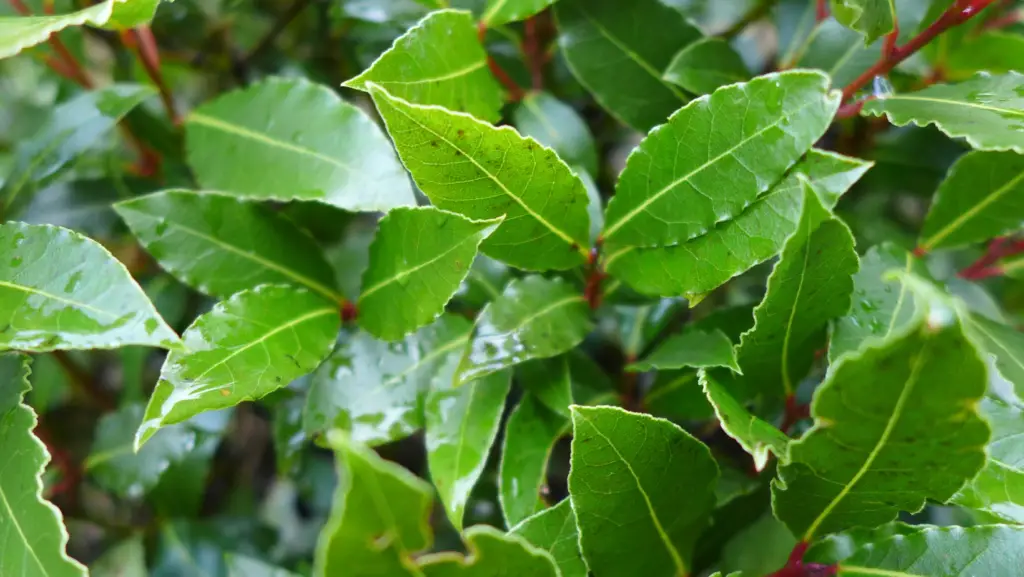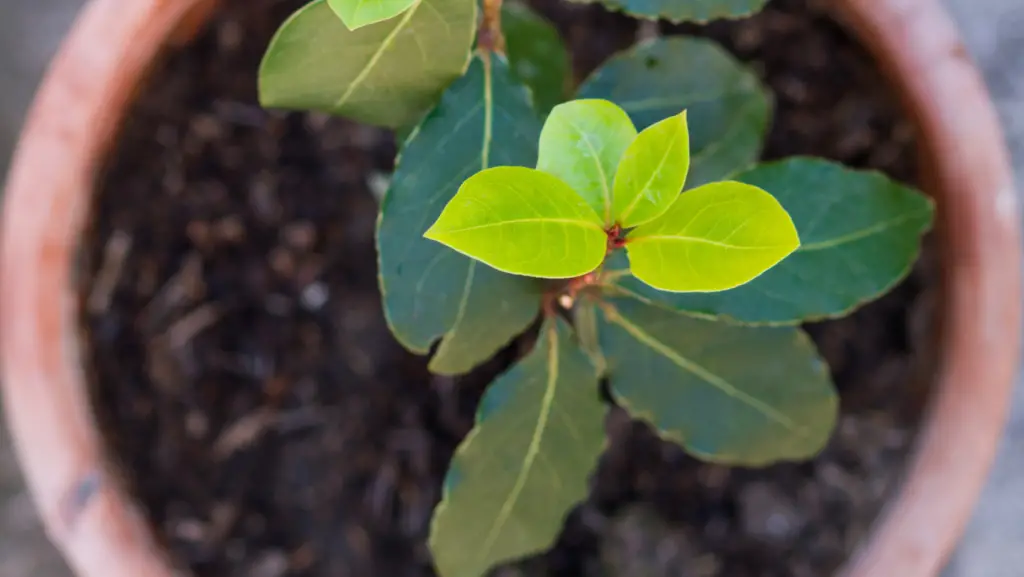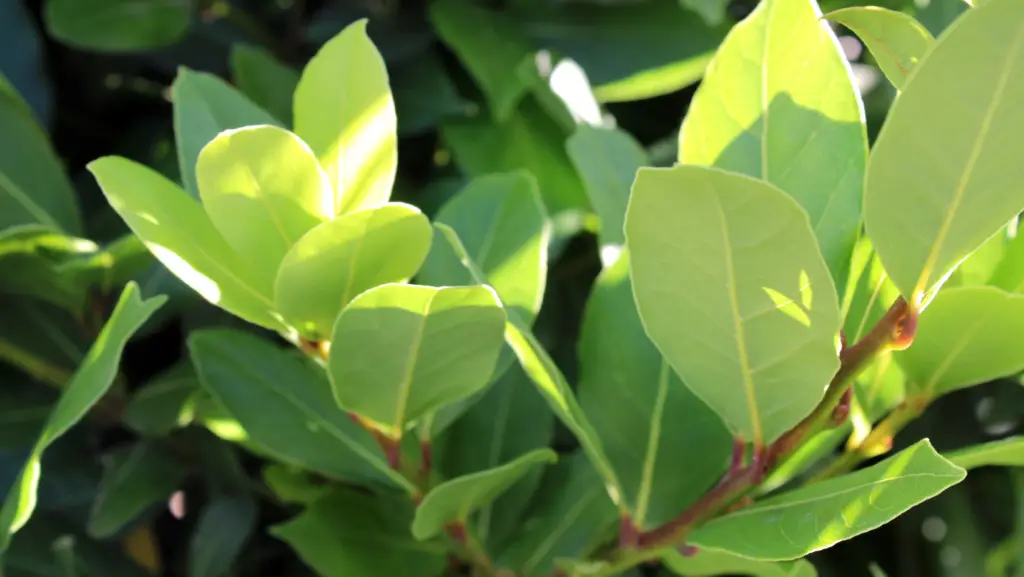
The bay laurel is too little used. It is however a large shrub – almost a small tree – majestic, and massive while being discreet, and very undemanding. These qualities have allowed it to survive through the centuries, since antiquity when it was already cultivated in the ornamental garden.
In this article, I have gathered for you all the information about the bay laurel, its main characteristics, and what you need to know to plant and grow it.
Characteristics of the bay laurel
| Scientific name | Laurus nobilis |
| Family | Lauraceae |
| Origin | Mediterranean |
| Foliage | Evergreen |
| Flowering | March-April |
| Rusticity | -8°C to -10°C (-46°F to -50°F) |
| Exposure | Sun or light shade |
| Soil | Indifferent, even if it is calcareous |
| USDA Plant Hardiness Zone: | 8 to 10 |
It is a very vigorous, fast-growing shrub; placed in fertile soil, it can reach up to 15 m in height and over 3 m in width. In addition to its majestic habit, it owes its decorative aspect to its persistent, varnished and leathery leaves, which are also highly aromatic.
In March-April, it blooms in small clusters of yellow flowers, without much aesthetic interest, followed by black berries.
How to grow a bay tree
In the garden, leave the laurel tree in its free form, just contained by a light pruning in late spring.
The Bay laurel supports calcareous, not very rich and even dry soils, but it grows all the better in a rich, fresh and deep soil.
Its relative rusticity allows it to be used outside its native Mediterranean. The limit of its culture is directly related to the lack of light – more than sun – and to the humidity.
In the past, it was used as a hedge plant, but its current high cost means that it has to compete with many other shrubs.
On the other hand, it lends itself very well to pruning and its speed of growth makes it one of the most useful plants for making topiaries of simple shapes: balls on a stem, cones and spirals, even in a pot.
How to grow bay leaf trees in pots

From the spring following the purchase, repot in a pot slightly too big for the plant, or in a large container.
Use a potting soil enriched with seaweed manure, and support the growth with permanent nutrition between March and September (fertilizer for shrubs once a month). Keep the soil fresh at all times with regular watering.
Without pruning, the plant grows at least 40 cm in a year – much more in the open ground. Prune regularly between May and September, as soon as the shoots reach 15 to 20 cm, with hand shears following the shape of the plant.
Watch for the first mealy bugs as early as March, on the back of the leaves, and treat them. In winter, spray with a white oil-based anti-cochineal product.
Where to plant a bay laurel
You can plant the laurel as a hedge, as a backdrop, behind flowerbeds of annuals or perennials, in isolation, as a topiary or in pots on terraces and balconies.
Our selection

Only the botanical type is available.
Conclusion
Bay Laurel is a versatile and fragrant herb that every gardener should have in their arsenal. Not only does it add a touch of sophistication to your dishes, but it also has a long history of use in various cultures.
Whether you’re an amateur or a seasoned gardener, growing Bay Laurel is a fun and easy task, and its beauty and fragrance will reward you for years to come.

Hi!
I am the guy behind Theyardable.com. I grew up on a homestead and I am here to share the knowledge I have and things I learn while living in the countryside.
